
________________________________________________
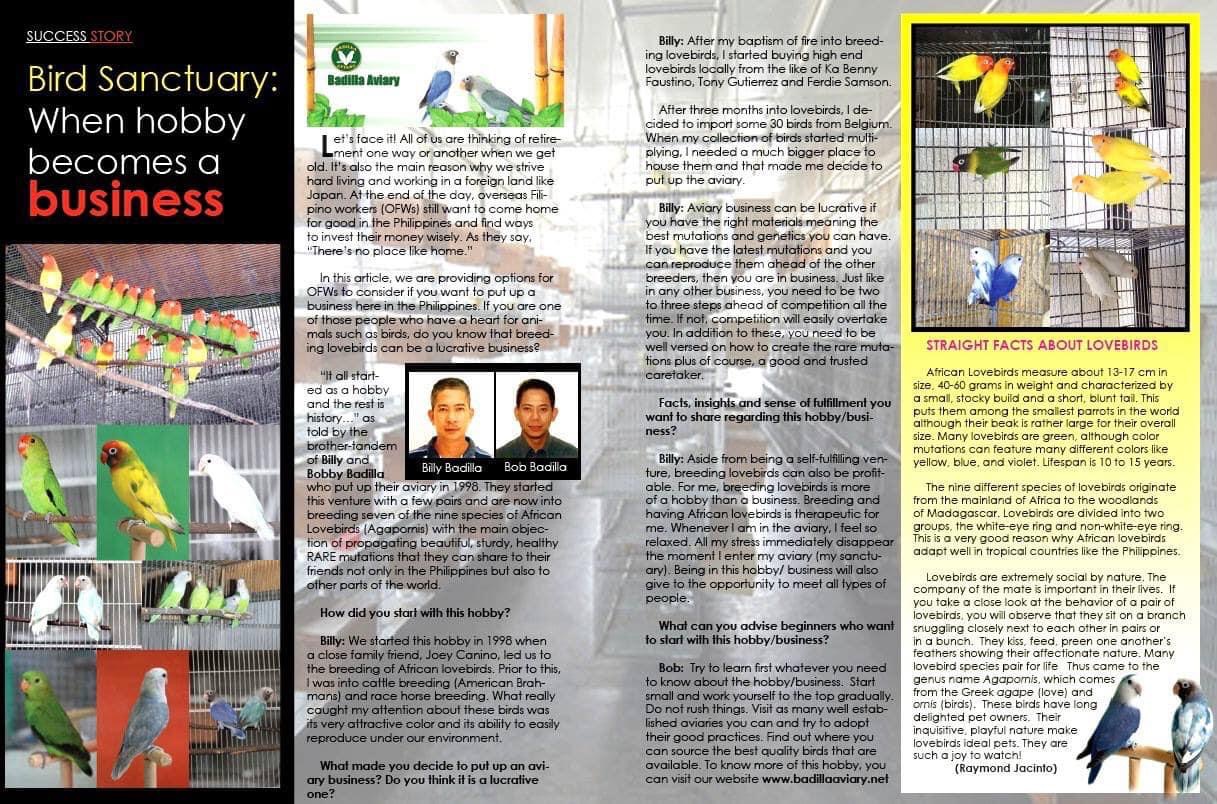
An article on how the Badilla Aviary started.
________________________________________________
What is a Bird Show? by Marilena Salmones
For those who have never attended a bird show and would like to know what a bird show is all about I will attempt to explain a few simple things here.
A bird show is an event in which birds compete much like a dog show, we are all familiar with dog shows and how dogs have to follow a standard of perfection. Birds shows also follow a standard of perfection and each species and color mutation has a standard to follow. Breeders take this seriously not only to earn respect for their work but also to be proud of their stock. Breeding more desirable birds is preferential for the conservation of each species and color mutation.
A Bird Show is not a Bird Mart, Bird Fair or a Bird Expo, those are events that sell birds and bird related items. A bird show is a competition much like a beauty contest.
What to expect at a bird show:
There are bird shows with single or various Divisions, for example, Lovebird Division, Cockatiel Division, Budgerigar Division, Finch Division, etc. Within each Division there may be Sections which separate different species and also Classes which separates each color mutation.
Birds are judged either by comparison method or point system, both methods use a scale of points in which each bird scores a certain amount of points in order to advance and finally place on the Top Bench. The Top Bench are the finalists ranging from 1 through 10 or a higher number depending on the amount of entries, each club has their own rules and regulations regarding the amount of birds on the Top Bench. The Best in Show is the first place bird on the Top Bench or if there are multiple Divisions, all of the first place birds compete for Best in Show.
What do I need to know if I want to participate:
In the United States exhibitors take their own birds to the shows in their own cages. Each exhibitor fills out a bird registration form with details including bird’s description, leg band number, class, section and cage number. The show tags have cage numbers and the show tags are attached to each show cage identifying each bird by their species, color mutation and cage number. The exhibitor’s name is not visible to the judge.The registration form is turned in to the show secretary and a registration fee is paid for each bird. Some clubs demand you use a certain type of show cage, check with the club having the show to find out what type of show cages you need. Other clubs are more flexible and will accept a variety of show cages.
How the birds are judged:
As I mentioned before, there are two methods of judging, by comparison or point system, Agapornis Breeders & Exhibitors uses both systems depending on the show.
In the comparison method the birds are presented to the judge in groups of Classes first (colors) and then by Sections (species).Each are judged amongst their own classes or sections with the best ones moving towards the left of the show bench, this method of judging, in my opinion, is more complex. The judge follows a scale of points in order to determine who moves higher up while comparing each bird within each class and then within each section. Birds with higher scores move towards the left of the show bench.
The comparison method is judged in front of the exhibitors and the public. The judge makes comments on each bird he is judging and explains why he is moving a bird towards the left or the right of the show bench.The exhibitors and the public cannot engage in comments or questions during the judging but the judges sometimes engages in a conversation if the topic is general. If an exhibitor says anything to indicate his bird is being judged he runs the risk of being disqualified, so generally, the exhibitors watch quietly while listening to the judge. This method of judging is educational, especially for breeders who want to learn more about desirable traits and characteristics for their breeding program.
The point judging system is done by each bird being brought up to the judge, each bird is judged using a scoring form and the birds are judged away from the public and the exhibitors. This method is not popular in the USA because most of the exhibitors want to hear the judge’s comments on each bird and they don’t care much for the scoring sheets.
Why take my birds to a show?
A bird show is educational, judges don’t criticize birds, they judge the birds according to the standards for each species and color mutations by explaining what are the more desirable characteristics such as overall size, correct colors, how the color on the head should be, etc. The exhibitors learn what to look for when buying a bird to add to their breeding program, which bird to cross with another bird, characteristics which are more favorable and flaws you should avoid. Overall, birds that attend a bird competition are considered to be in top shape, healthy birds which in turn are more respected by the potential buyers who appreciate buying quality birds.
This is a beauty contest, a breeder that takes his/her birds to a contest is certainly respected and can demand a better price, especially if the birds become winners.
Being a champion breeder is something to be proud of and of course, not only your aviary earns respect but your birds demand a better price.
¿Qué es un Concurso de Pájaros? por Marilena Salmones
Para aquellos que nunca han asistido a un espectáculo de aves y quieren saber lo que es un concurso de pájaros voy a tratar de explicar algunas cosas aquí.
Un concurso de pájaros es un evento en el que los pájaros compiten parecido a cómo compiten perros en sus competiciones, y todos estamos familiarizados con los espectáculos caninos y cómo los perros tienen que seguir un estándar de perfección. Los concursos de pájaros también siguen un estándar de perfección y cada especie y mutación tiene un estándar que seguir.
Los criadores toman esto en serio no sólo para ganarse el respeto por su trabajo, sino también para estar orgullosos de sus pájaros.
Para conservar cada especie y sus mutaciones es importante criar bien con buenos ejemplares siguiendo un estándar.
Un concurso de pájaros no es una feria, o una exposición, esos son eventos que venden pájaros y artículos relacionados con pájaros. Un concurso de pájaros es una competición muy parecida a un certamen de belleza.
Como es el concurso de pájaros?
Hay concursos de pájaros con Divisiones individuales o con varias Divisiones, por ejemplo, División de Lovebirds, División de Cockatiels, División Budgerigars, División Finches, etc. Dentro de cada División puede haber Secciones que separan diferentes especies y también Clases que separan cada mutación.
Los pájaros son enjuiciados ya sea por método de comparación o sistema de puntos, ambos métodos utilizan una escala de puntos en la que cada pájaro obtiene una puntuación con el fin de avanzar y finalmente llegar al banco de los finalistas (Top Bench). El Top Bench son los finalistas que van del 1 al 10 o un número más alto dependiendo de la cantidad de pájaros en cada División, cada club tiene sus propias reglas y reglamentos con respecto a la cantidad de pájaros en el Top Bench.
El “Best in Show” es el pájaro ganador en el Top Bench o si hay varias Divisiones, todos los pájaros que obtienen el primer lugar compiten para ganar el “Best in Show”.
Como participar en el concurso:
En los Estados Unidos, los concursantes llevan sus propios pájaros a los concursos en sus propias jaulas. Algunas organizaciones exigen que utilice un cierto tipo de jaula para concursar, consulte con el club teniendo el concurso para averiguar qué tipo de jaulas necesita. Algunas organizaciones son más flexibles y aceptarán una variedad de jaulas para concursar.
Cada concursante llena un formulario de registro con detalles que incluyen la descripción del pájaro, el número de la anilla, la clase, la sección y el número de jaula. Las etiquetas que llevan las jaulas tienen números, estas etiquetas se ponen en cada jaula identificando cada pájaro por su especie, mutación y número de jaula. El nombre del concursante no esta visible para el juez. Después de haber llenado el formulario de registro se entrega al secretario del concurso y se paga una cuota de inscripción por cada pájaro.
Cómo se enjuician los pájaros:
Hay dos métodos para enjuiciar, por comparación o sistema de puntos. Agapornis Breeders & Exhibitors usa los dos métodos dependiendo en el concurso.
En el método de comparación los pájaros se le llevan al juez en grupos de Clases primero (colores) y luego por Secciones (especie).
Cada uno se enjuicia entre sus propias clases o secciones con los mejores pájaros moviéndose hacia la izquierda del “show bench”, este método de enjuicio, en mi opinión, es más complejo.
En el método de comparación hay una escala de puntos que el juez sigue para determinar quién tiene mejor puntuación y avanzar más hacia la izquierda del “show bench” y mientras cada pájaro se compara a los pájaros dentro de sus clases, dentro de las secciones y finalmente en la división que son los finalistas (Top Bench).
El método de comparación se enjuicia frente a los concursantes y el público y el juez hace comentarios sobre cada pájaro que está enjuiciando explicando por qué está moviendo un pájaro hacia la izquierda o la derecha del “show bench”, a la izquierda avanzan los mejores ejemplares.
Los concursantes y el público no pueden participar en comentarios o preguntas durante el enjuicio, pero los jueces a veces participan en una conversación si el tema es general. Si un concursante dice algo que indique que su pájaro lo están enjuiciando corre el riesgo de estar descalificado, por lo que generalmente los concursantes observan en silencio mientras escuchan al juez. Este método de evaluación es educativo, especialmente para los criadores que quieren aprender más sobre las características deseables para su programa de cría.
El sistema de enjuicio por puntuación es donde cada pájaro se enjuicia usando un formulario de puntuación con una escala de puntos y los pájaros son enjuiciados sin público y los concursantes no pueden estar presente. Cada pájaro se le lleva al juez para enjuiciarlo y cada pájaro obtiene una planilla con su puntuación.
Este método no es popular en EE.UU. porque los concursantes quieren escuchar los comentarios de los jueces sobre cada pájaro y no les importa mucho recibir las planillas de puntuación.
¿Por qué llevar a mis pájaros a competir?
Un concurso de pájaros es educativo, los jueces no critican a los pájaros, enjuician a los pájaros de acuerdo con los estándares para cada especie y mutación explicando cuáles son las características más deseables como el tamaño en general, los colores, cómo debe ser el color en la cabeza, etc. Los concursantes aprenden qué buscar al comprar un pájaro para añadir a su programa de cría, qué pájaro cruzar con otro, características que son más favorables y defectos que deben evitar.
En general, los pájaros que asisten a una competición se consideran en plena forma, ejemplares sanos que a su vez son más respetados por personas que quieren comprar pájaros de calidad.
Estos concursos son certamen de belleza, un criador que lleva sus ejemplares a un concurso demuestra que sus pájaros son de calidad y puede exigir un mejor precio, especialmente si los pájaros se convierten en ganadores.
Ser un criador campeón es algo de que estar orgulloso y, por supuesto, no sólo su aviario gana respeto, pero sus pájaros exigen un mejor precio.
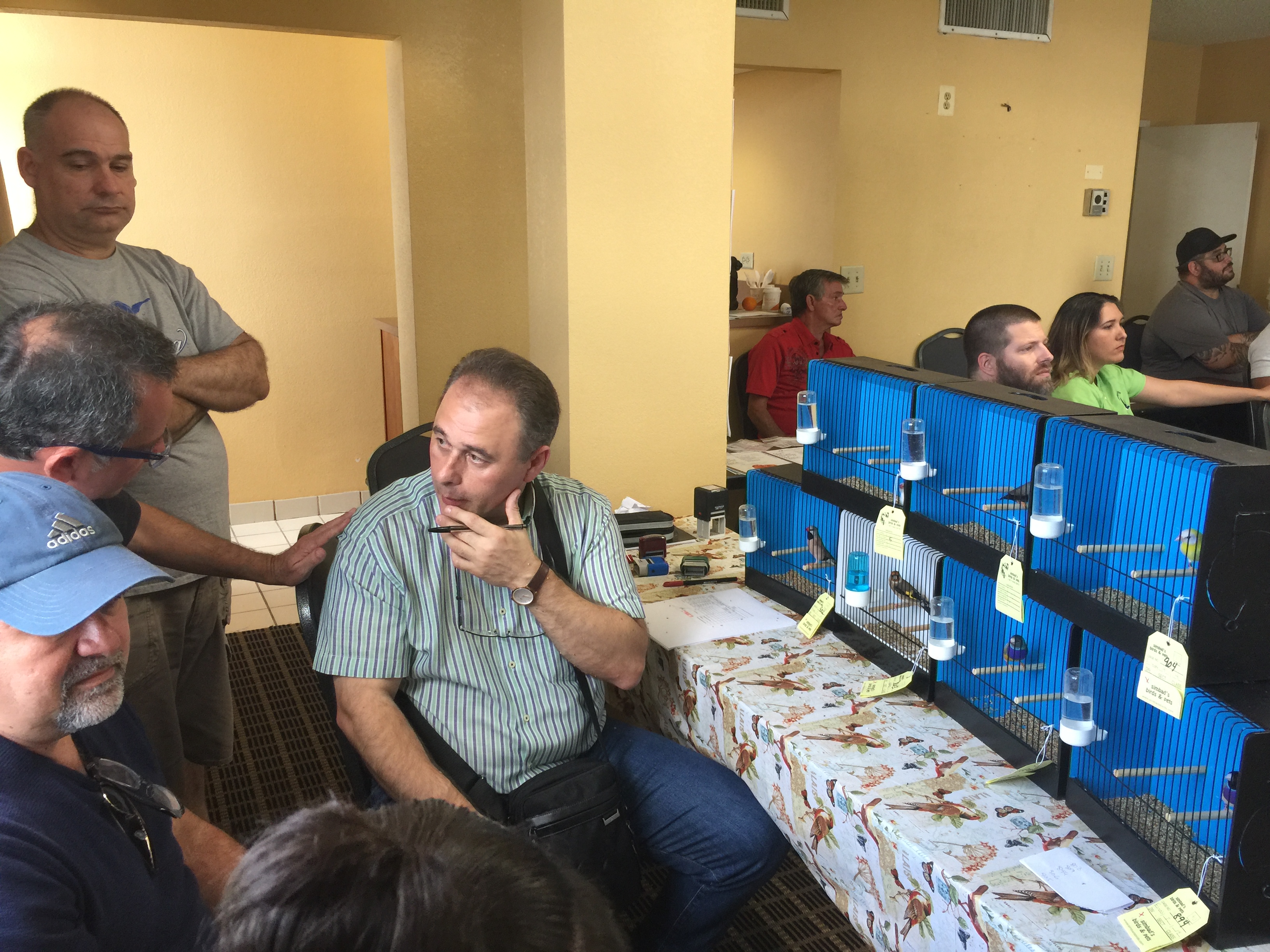
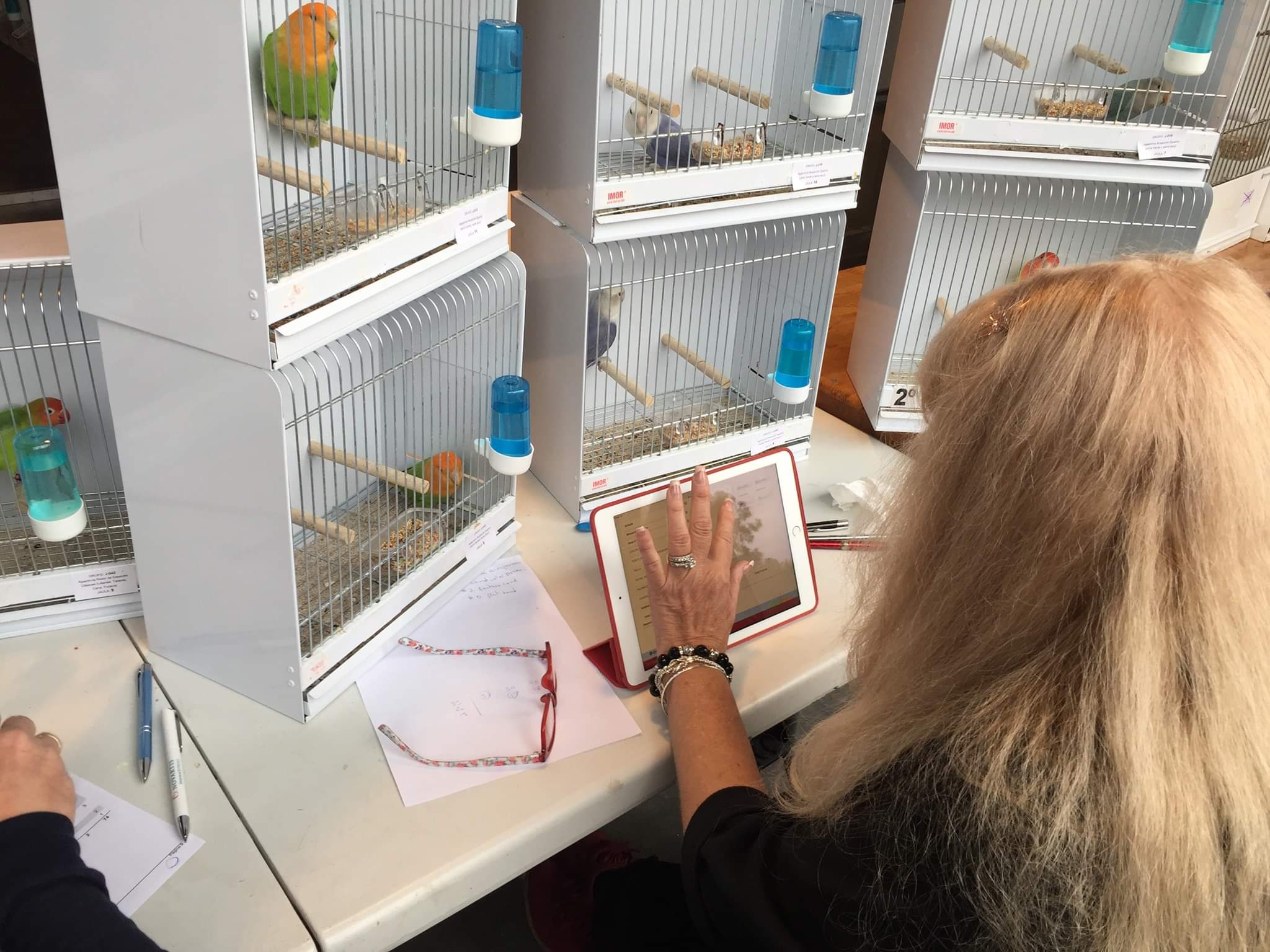
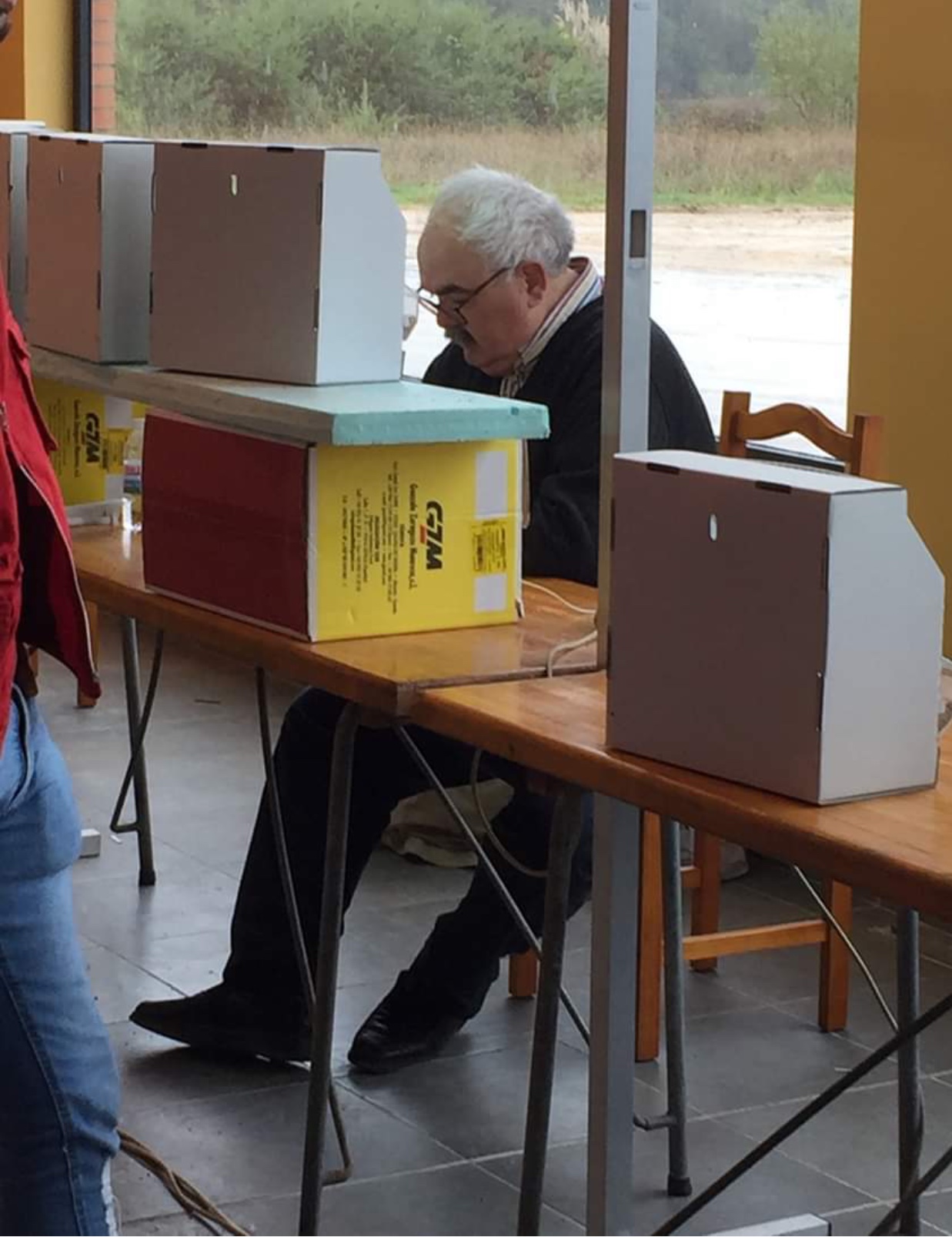
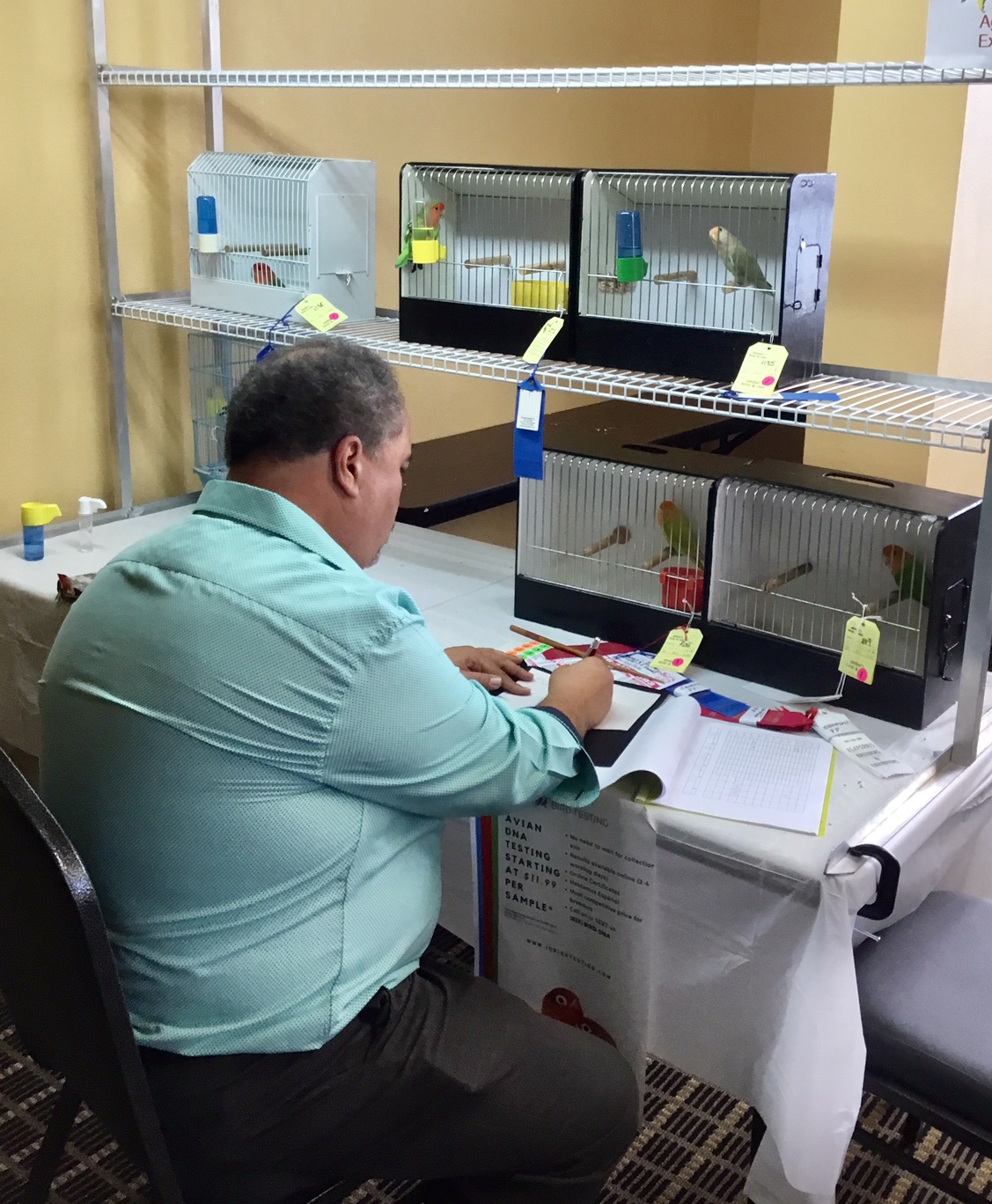
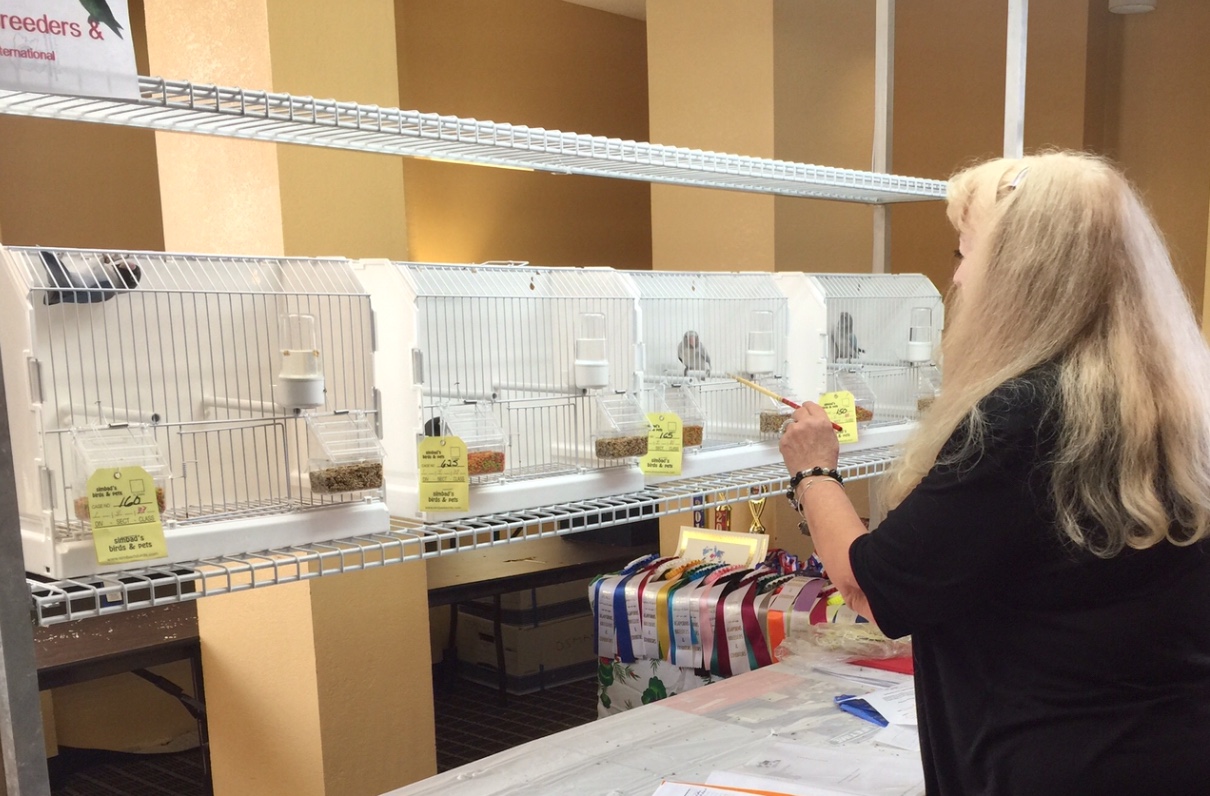
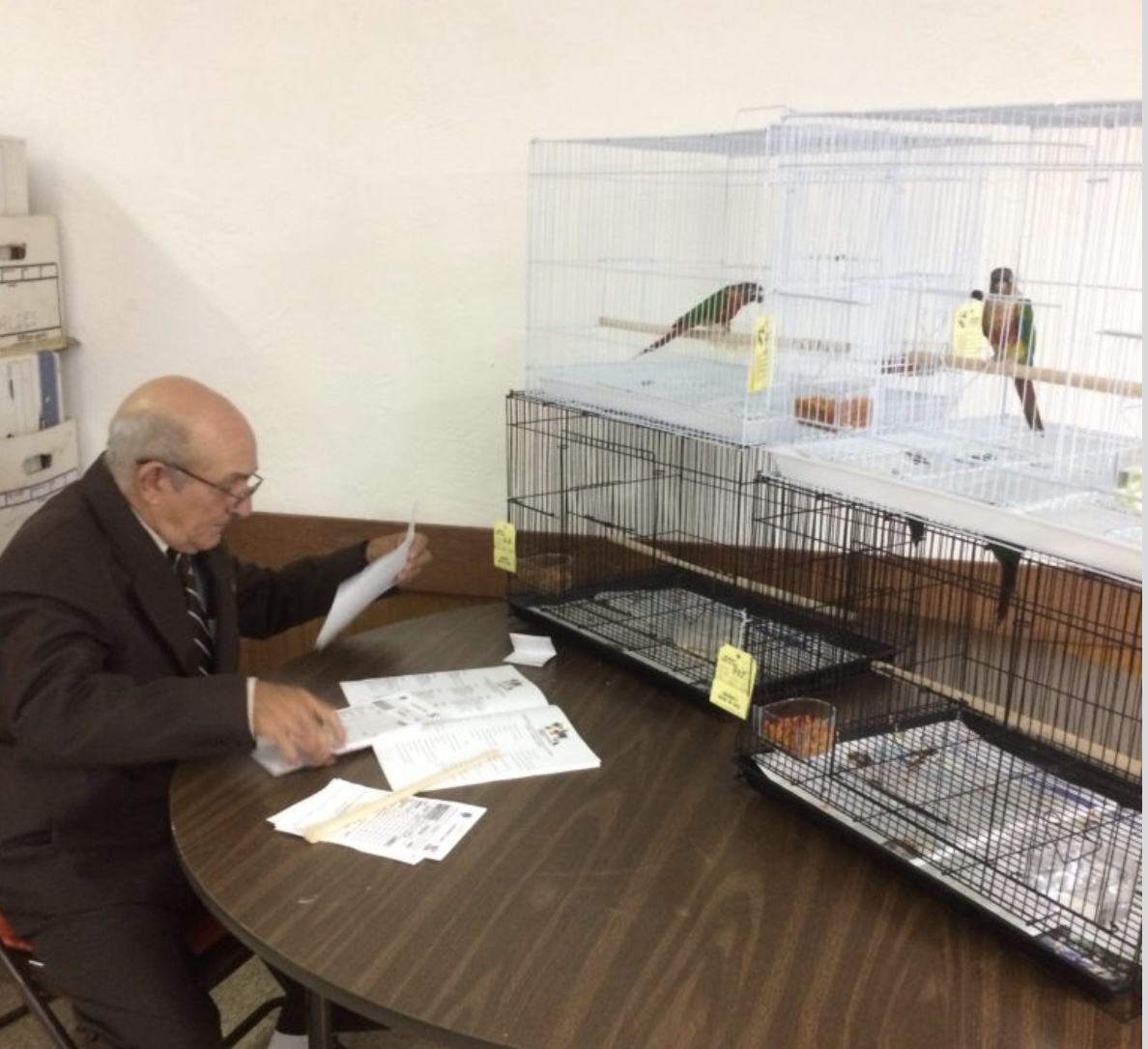
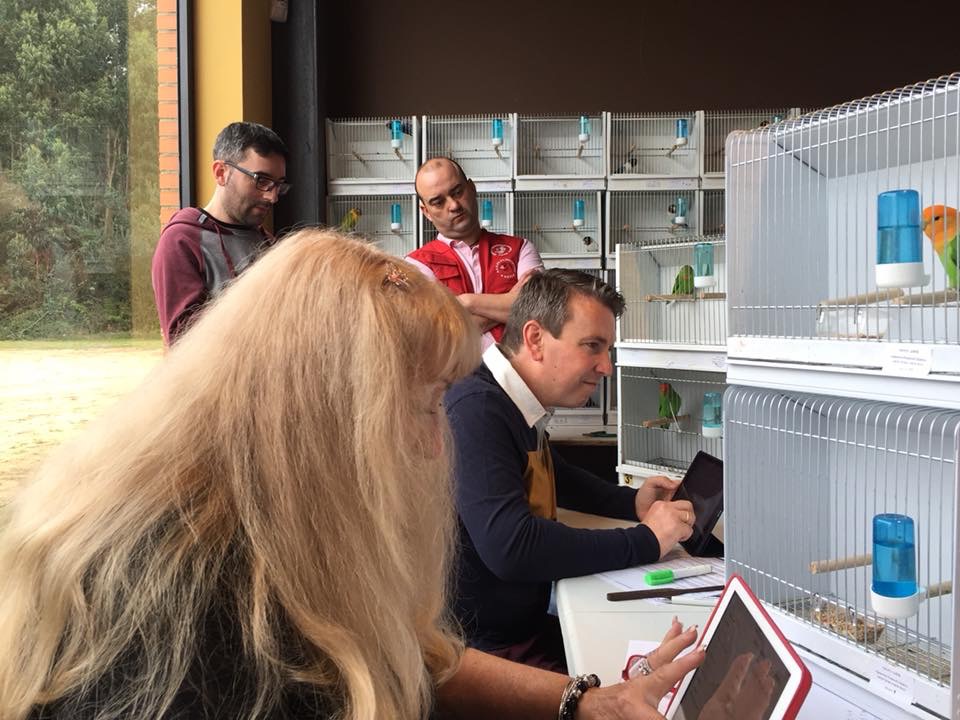
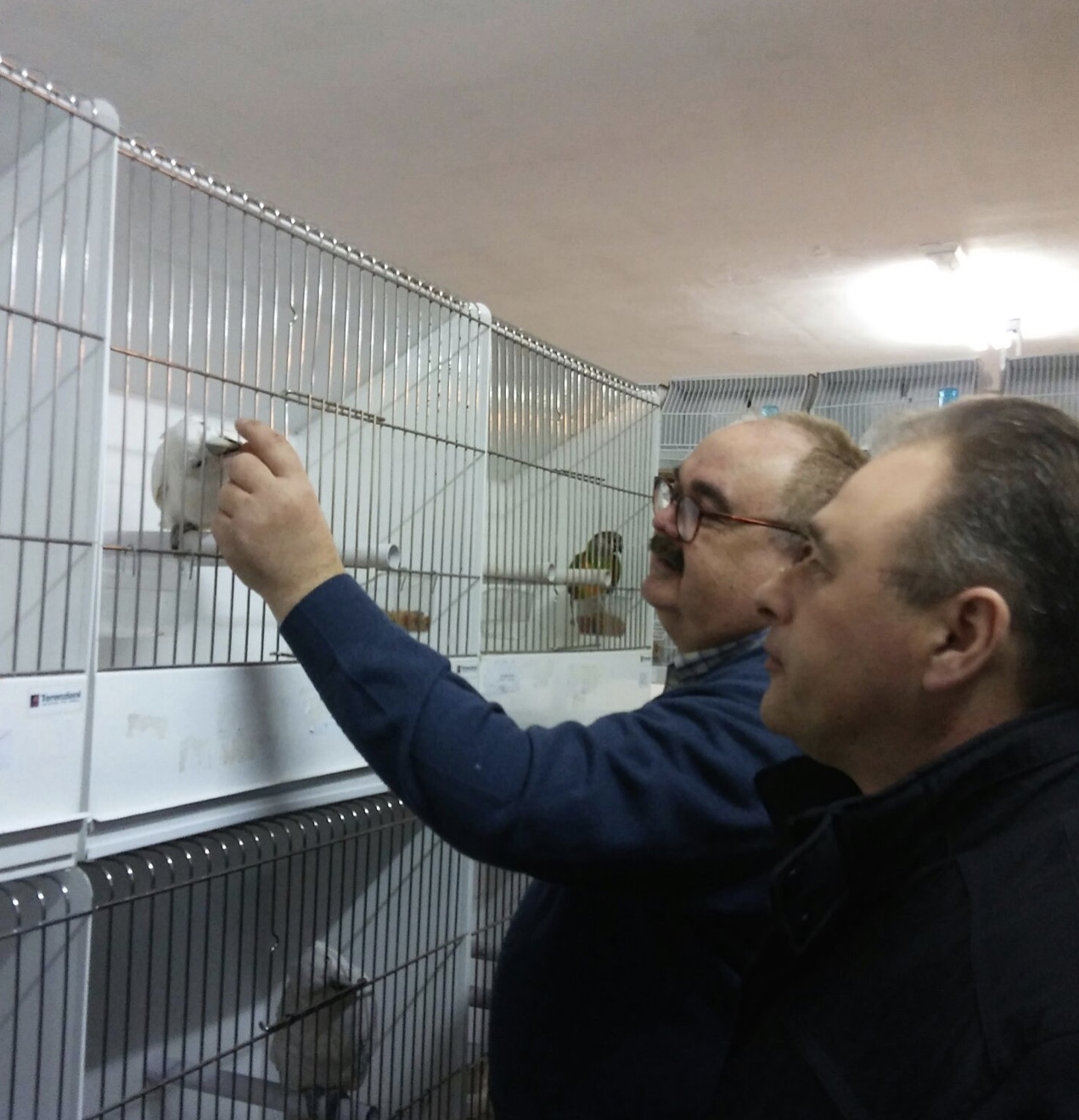
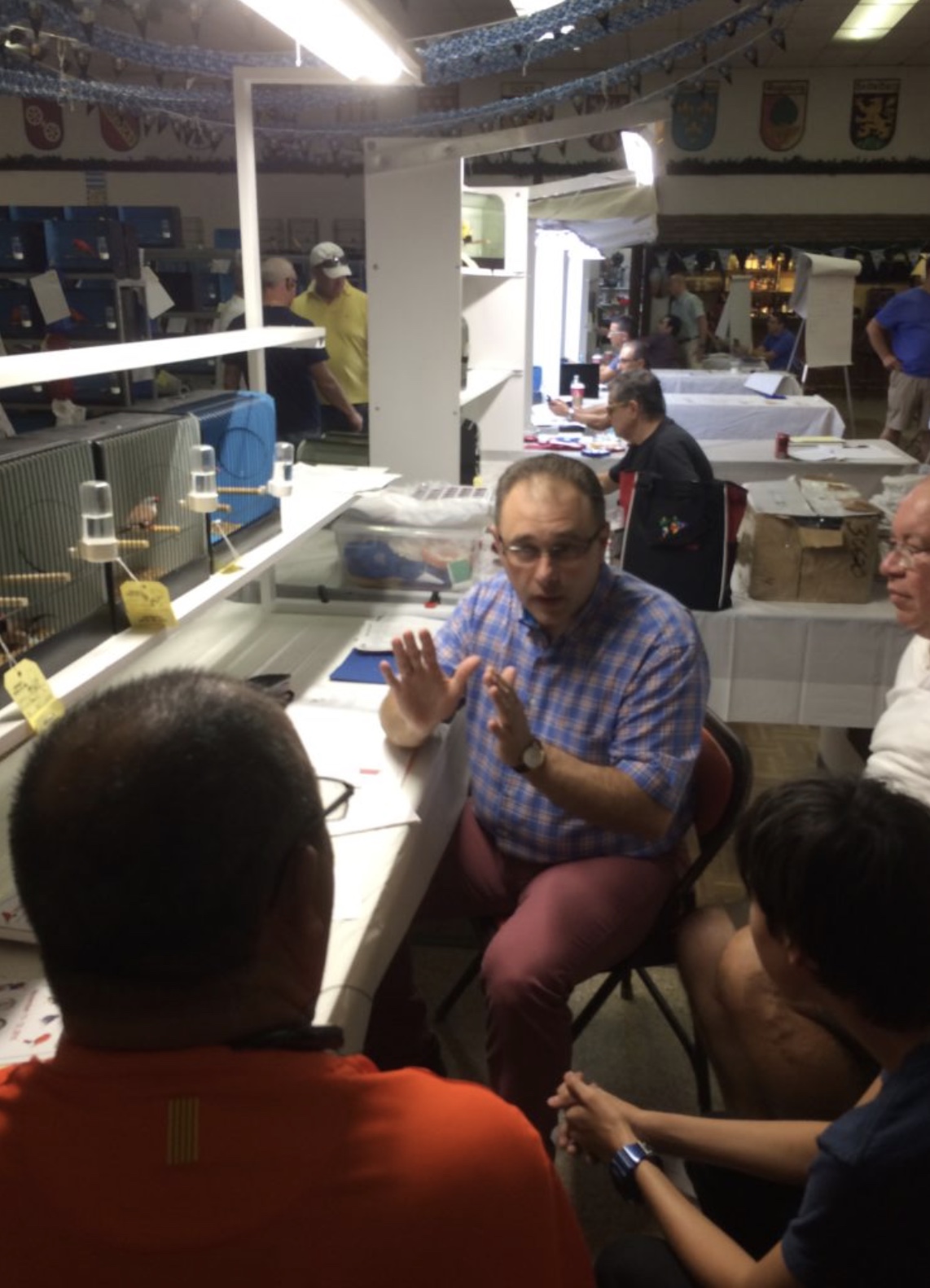
🦜🏆🥇🥈🥉🏆🦜🏆🥇🥈🥉🏆🦜🏆🥇🥈🥉🏆🦜🏆🥇🥈🥉🏆🦜🏆🥇🥈🥉
1)Size
2)Color
3)Condition
4)Deportment
Once you have decided, you need to start spraying your birds with cool water everyday. Add one small drop of glycerin to 16 ounces of water in a spray bottle (use ONLY one small drop of glycerin) this will help condition the feathers. If you put too much glycerin the feathers will get sticky, so be careful and only use one small drop! Glycerin can be purchased at any pharmacy near the first aid section or online but make sure it’s the right type of glycerin. Keep the water sprayer in a cool place, cool water makes the feathers tighter and that’s exactly how you want the feathers to look. Birds with fluffy, frayed or loose feathers will score lower.
Increase the protein and fat in their diet, increase the amount of sunflower seeds. Birds lose approximately 20% of their weight during all the stress of the show and they hardly eat while they are at the show. You want full healthy bodies.
Sunflower seeds in their diet help make the feathers look smoother and adds shine. There are two types of sunflower seeds, large striped or small oil, both are great. I mixed both types with other seeds. Spirulina powder is also great to add to the seeds, this makes the feather color more intense (especially green feathers). Buy the human grade Spirulina, it’s less expensive and you can buy it at health food stores or online on Amazon.
If the legs or beaks look dull or dry rub a little mineral oil on the legs and beak, smooth legs and feet score higher than scaly dry ones. Beaks that are smooth and shiny score higher too.
Train your birds to be in the show cages, birds who are calm and allow the judges to look at them score higher, this is part of the points they are required to have under deportment.
Overall, it’s important to remember that 2 or 3 months prior to a competition your birds need a little extra care, it’s a beauty contest and you need to help your birds look their best!Best of luck !!!!!
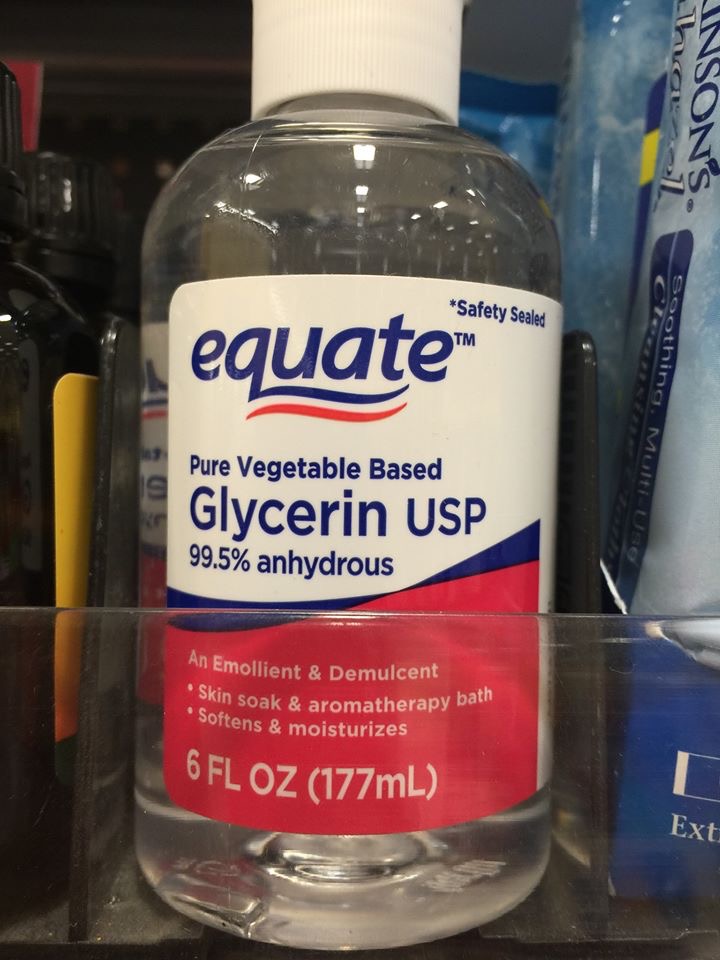
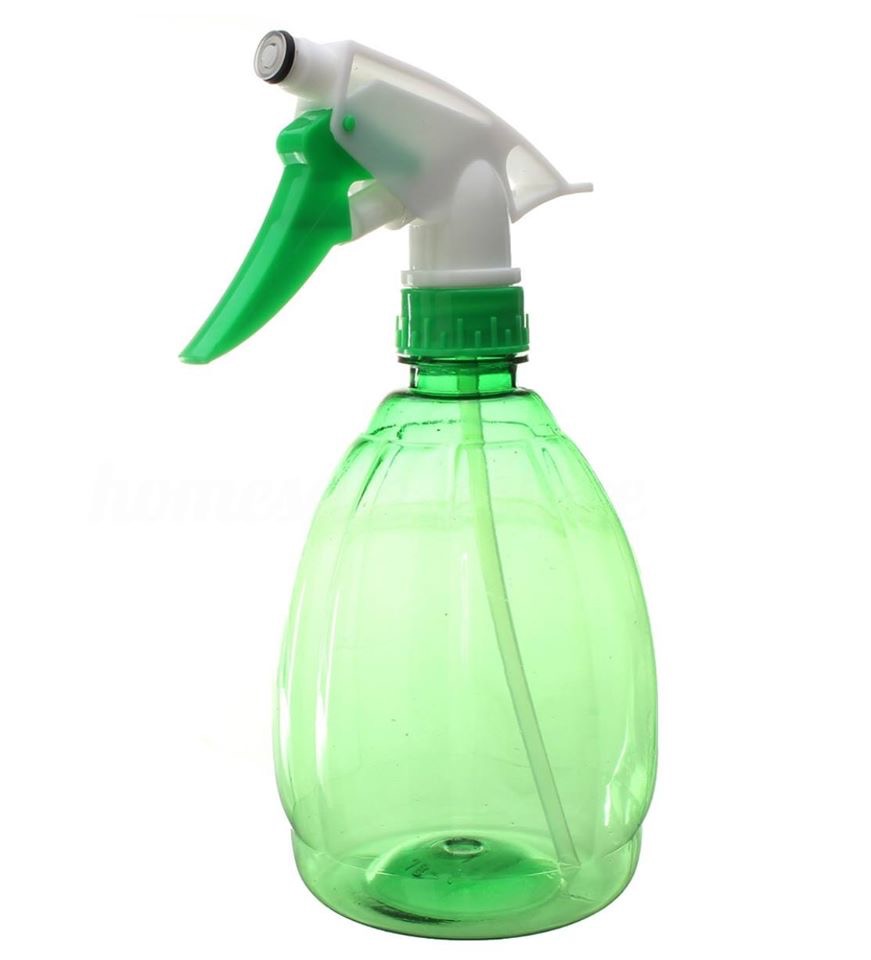
Sprayer bottle
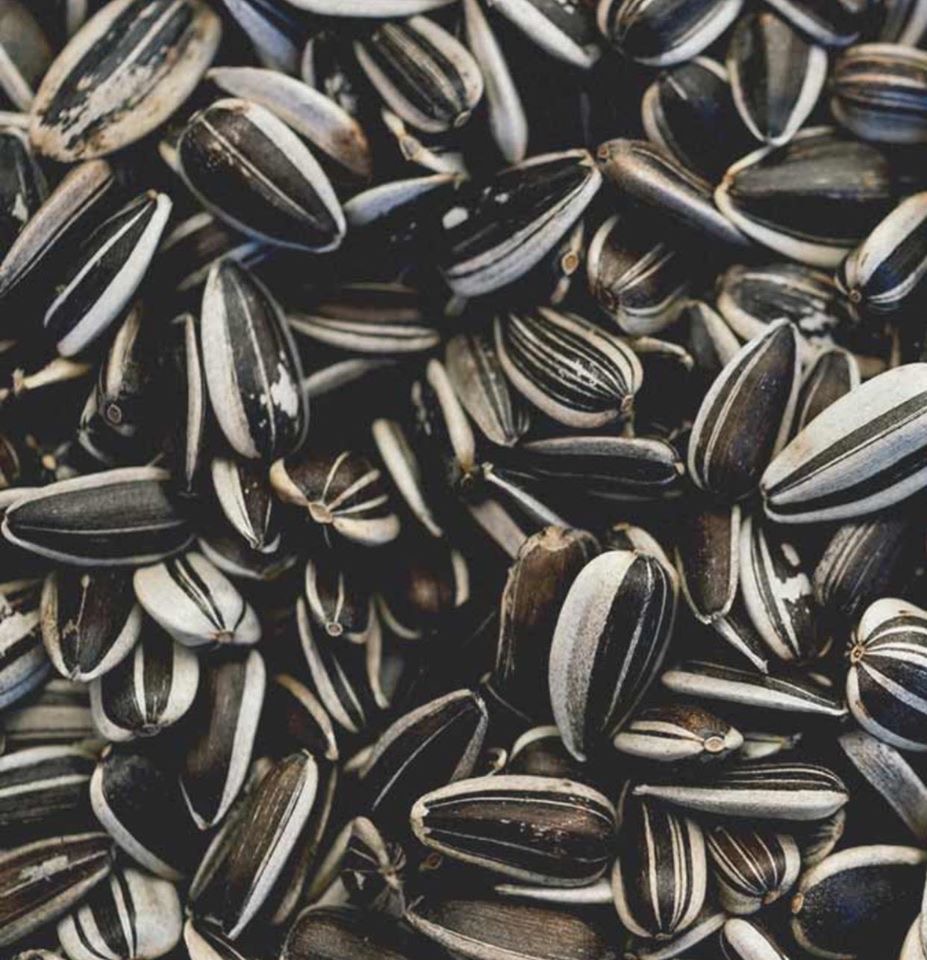
Striped large sunflower seeds
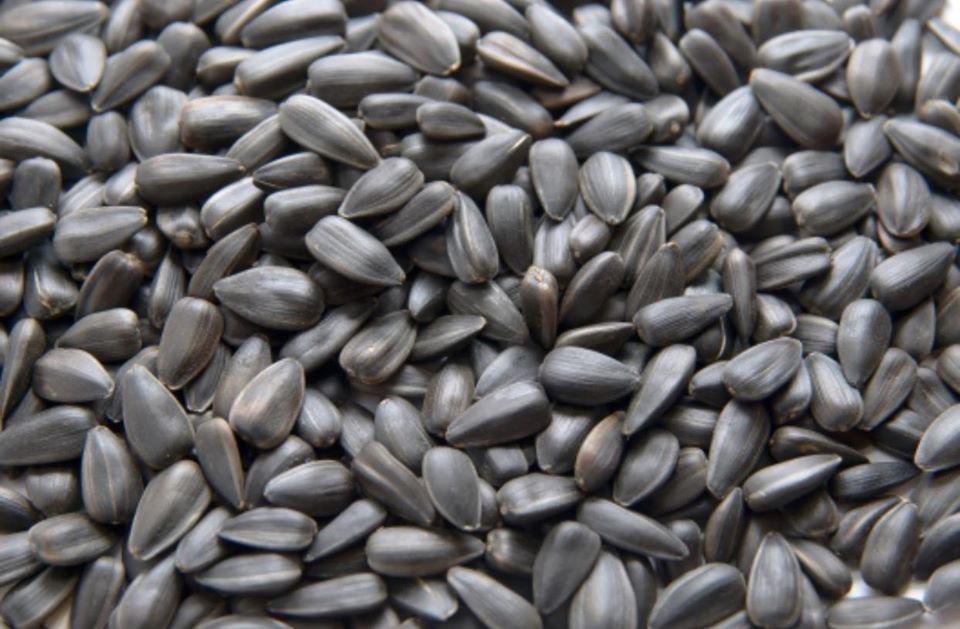
Black oil sunflower seeds
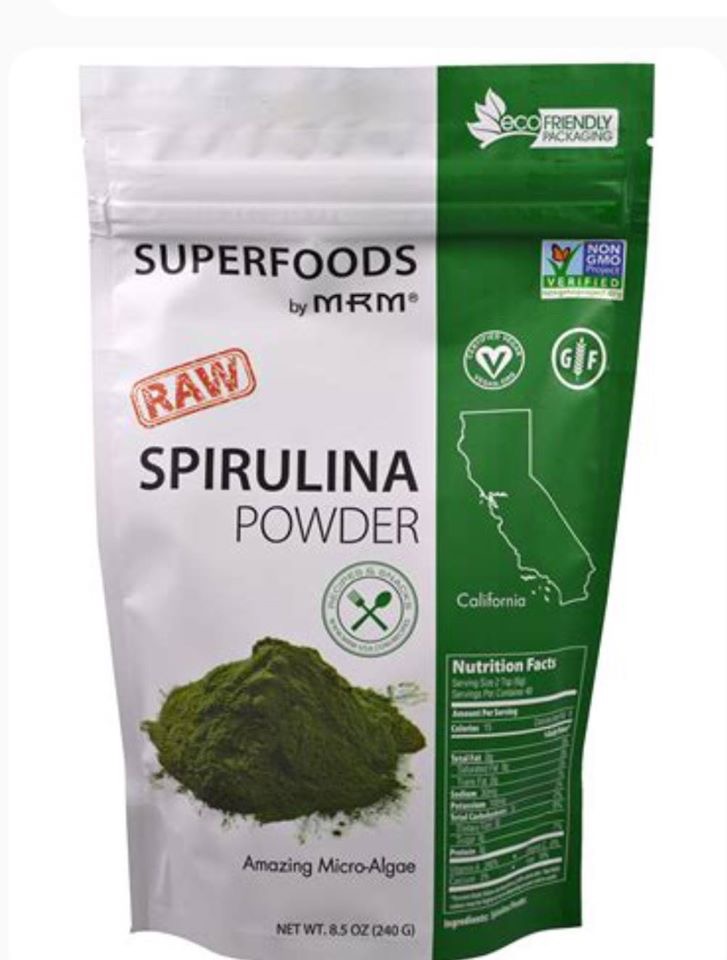
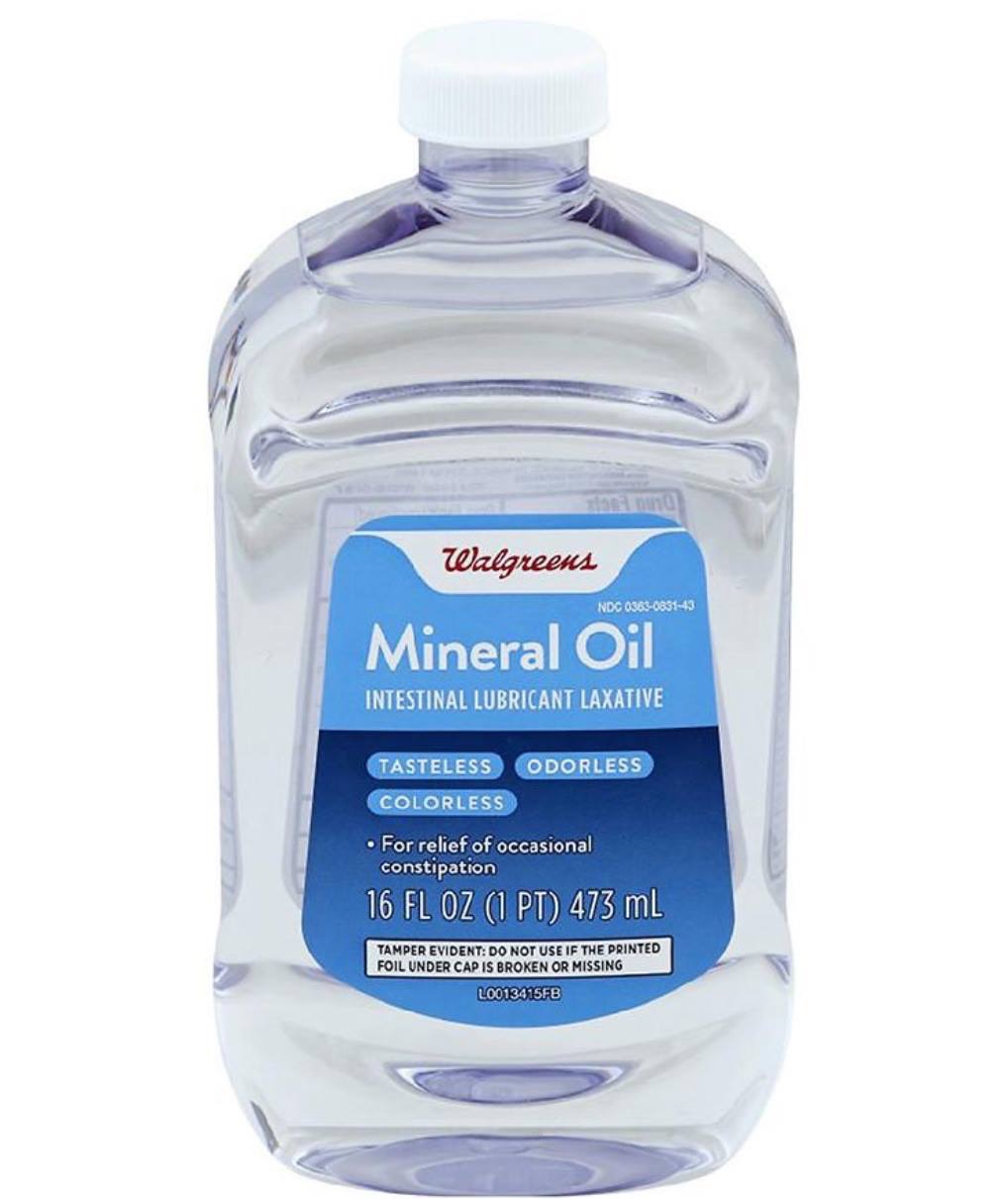
- TUMORS IN LOVEBIRDS
- AGAPORNIS TARANTA – See Pictures in “Mutationss” Tab –
- AGAPORNIS CANUS
- MAUVE PERSONATUS
- JUDGING LOVEBIRDS
- ROSEICOLLIS CINNAMON – INO
Agapornis Breeders & Exhibitors


